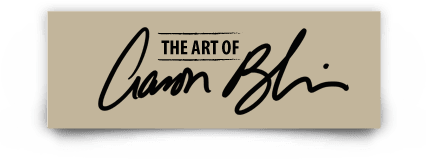This was an oil painting I did back in 1994 after returning from my first painting trip to Alaska. I used this painting as part of my pitch to get the job making Brother Bear. It’s called "Spring Runoff" 30"X48" oil on canvas
 |
| “Spring Runoff” oil on canvas 30″X48″ |





















































































